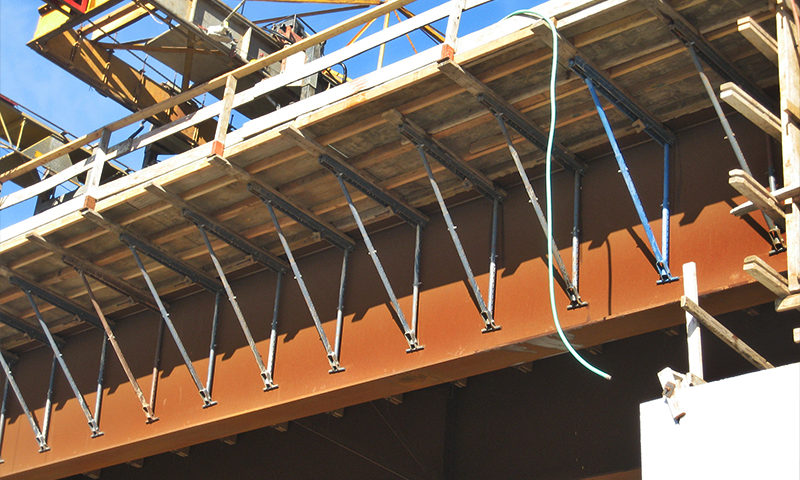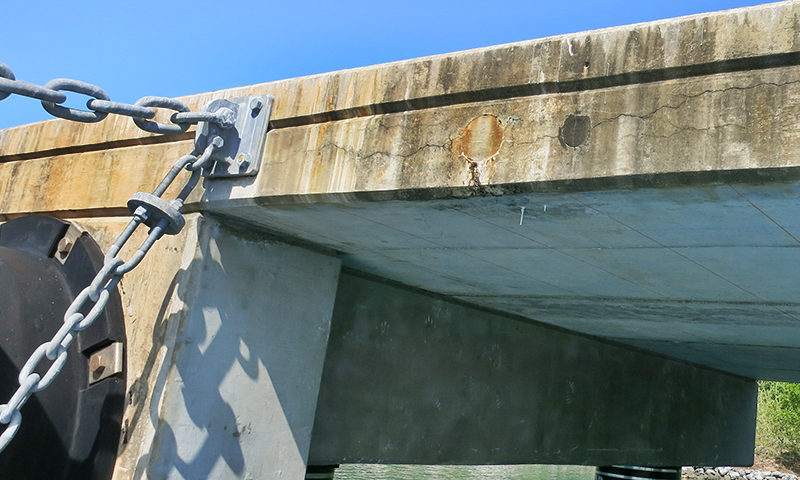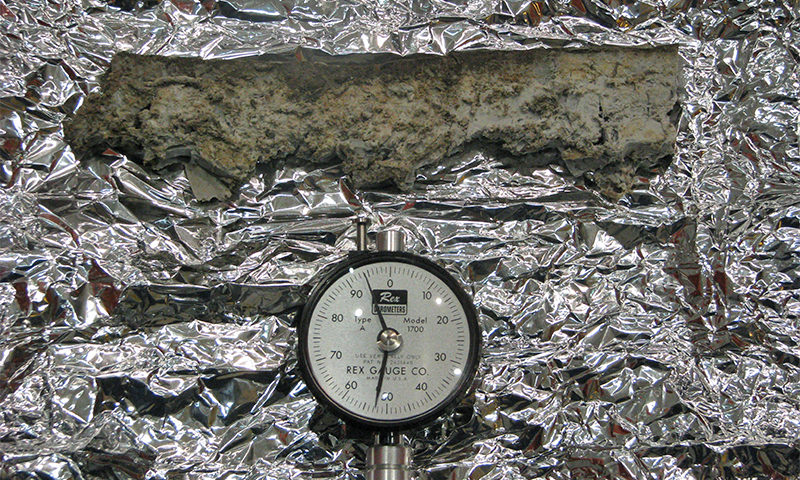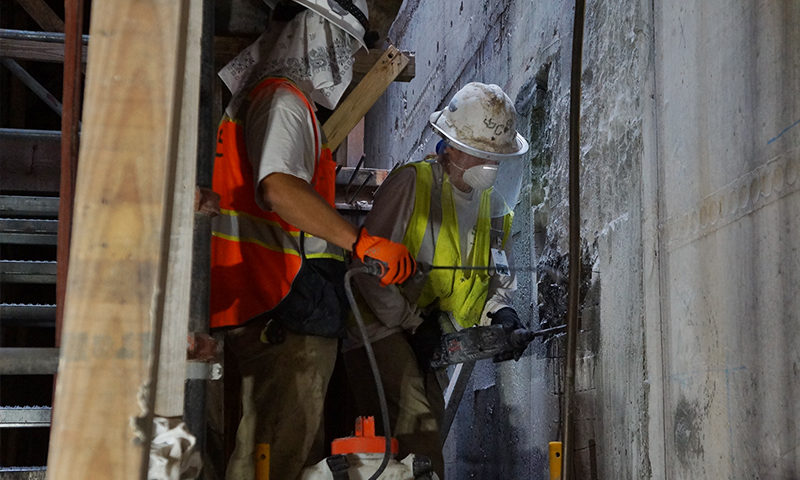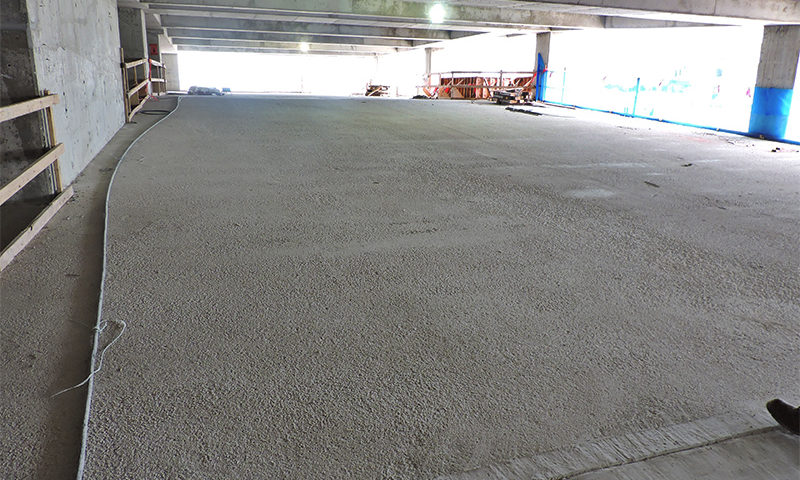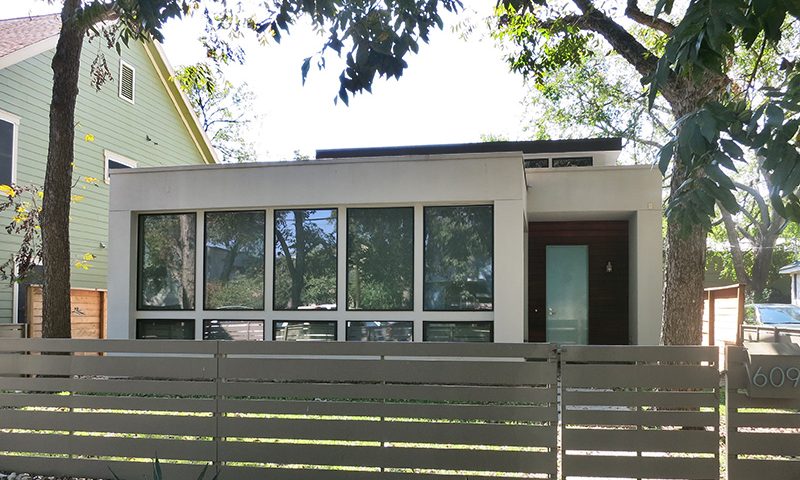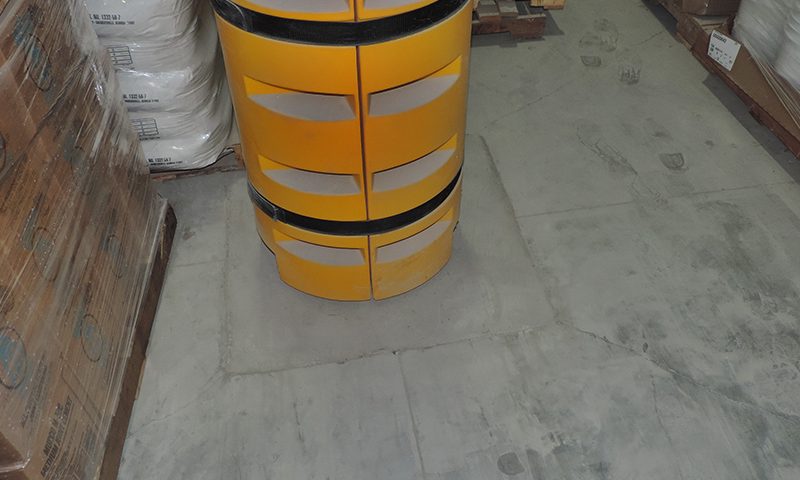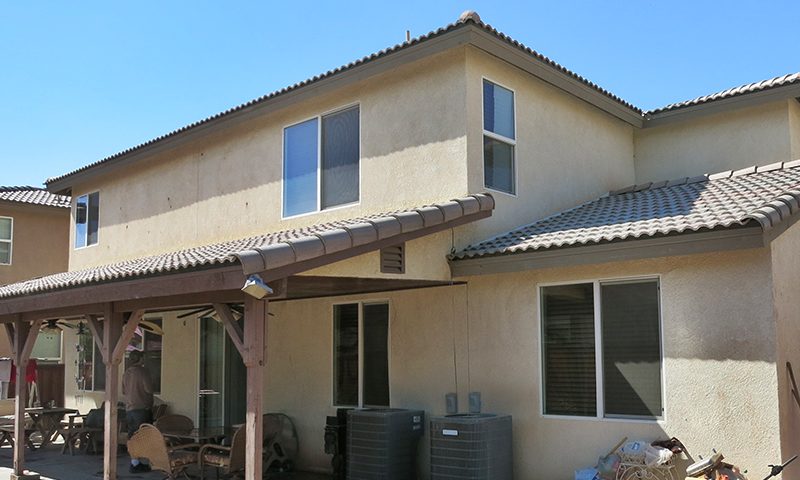The project consisted of an approximately 222 ft. long bridge with concrete piers comprised of two spans supported by eight (8) girders in Colorado. CA was retained to determine the cause(s) of the failure of several hanger brackets installed to support the overhang formwork supporting the reinforced concrete deck. The failure occurred during placement of the concrete deck and was isolated to a series of three (3) hangers. CA’s investigation included review of construction related documents, photos, expert reports, deposition testimony, and relevant industry standards and literature. In addition, CA performed a structural analysis of the assembly overhang formwork as designed and a finite element analysis of the hanger assembly to determine the effects of installation and fabrication variations. CA determined the effects of variation in installation and fabrication on the ultimate capacity of the hangers and provided the client with a description of the failure mechanism.
